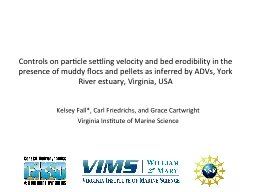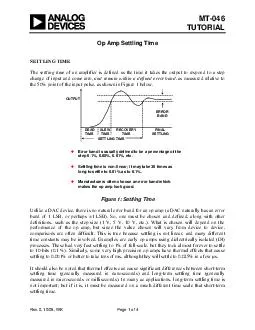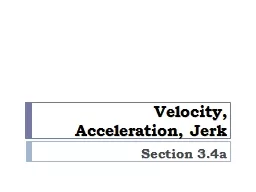PPT-Controls on particle settling velocity and bed
Author : myesha-ticknor | Published Date : 2017-09-19
erodibility in the presence of muddy flocs and pellets as inferred by ADVs York River estuary Virginia USA Kelsey Fall Carl Friedrichs and Grace Cartwright
Presentation Embed Code
Download Presentation
Download Presentation The PPT/PDF document "Controls on particle settling velocity a..." is the property of its rightful owner. Permission is granted to download and print the materials on this website for personal, non-commercial use only, and to display it on your personal computer provided you do not modify the materials and that you retain all copyright notices contained in the materials. By downloading content from our website, you accept the terms of this agreement.
Controls on particle settling velocity and bed: Transcript
Download Rules Of Document
"Controls on particle settling velocity and bed"The content belongs to its owner. You may download and print it for personal use, without modification, and keep all copyright notices. By downloading, you agree to these terms.
Related Documents














